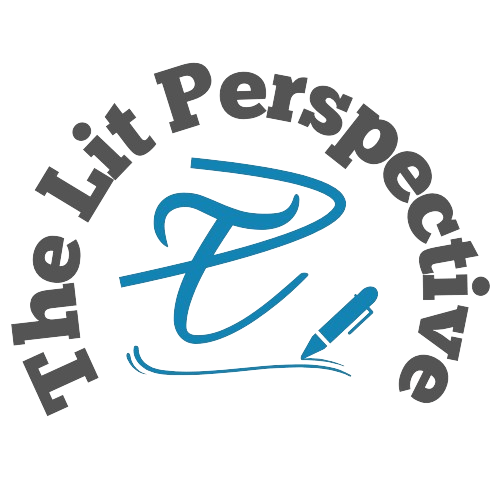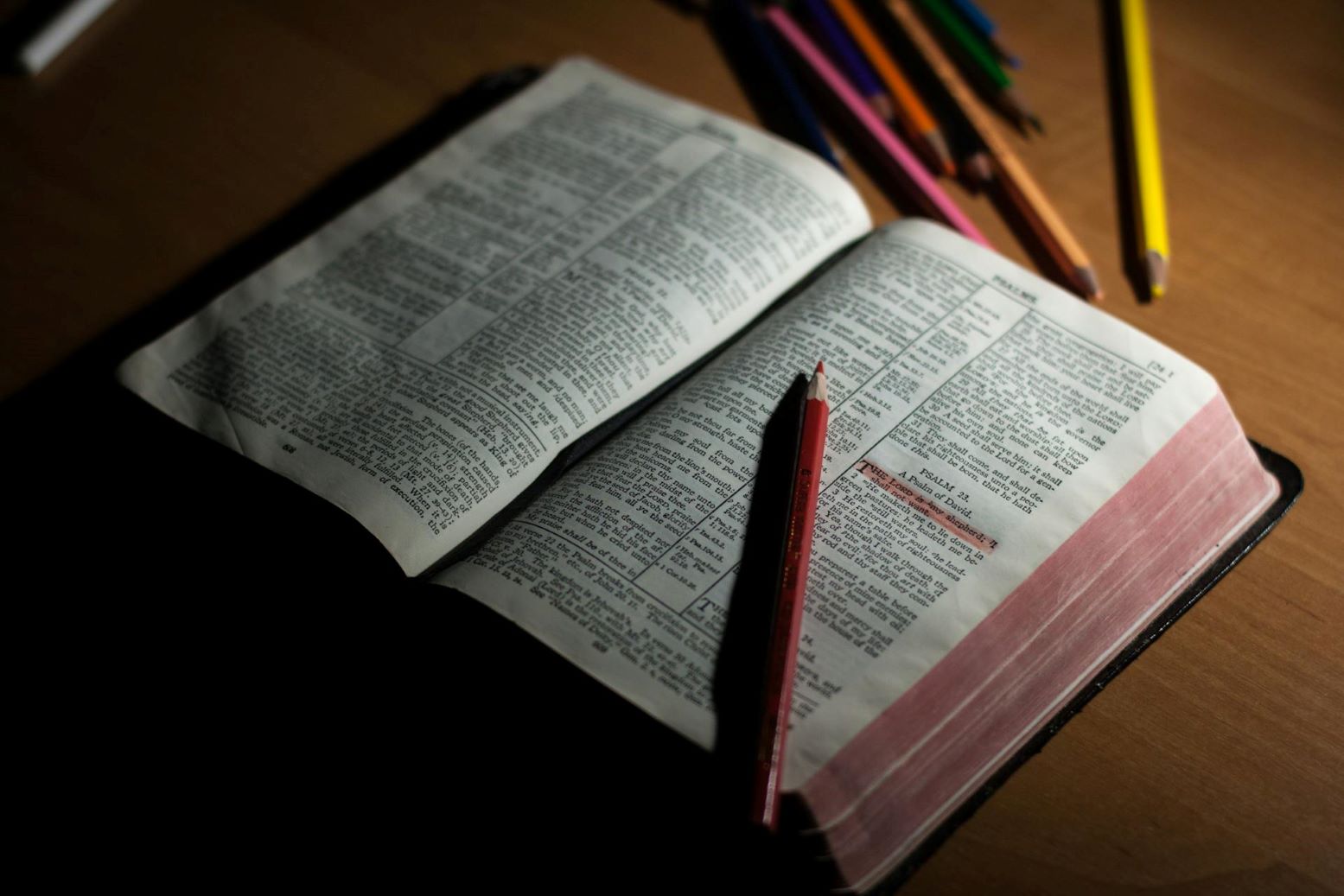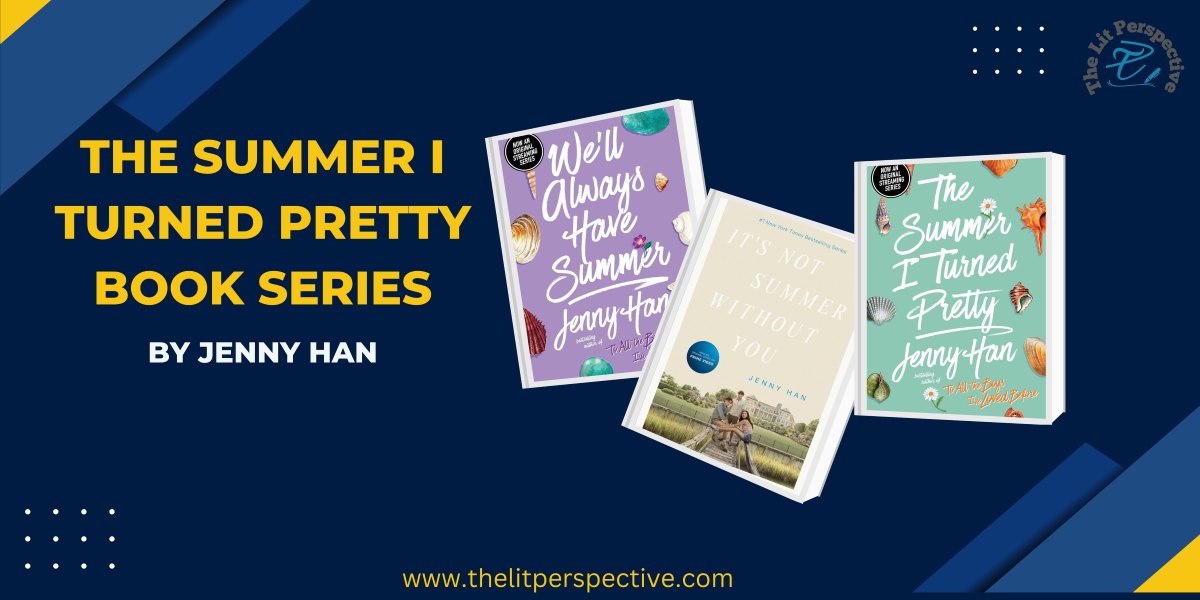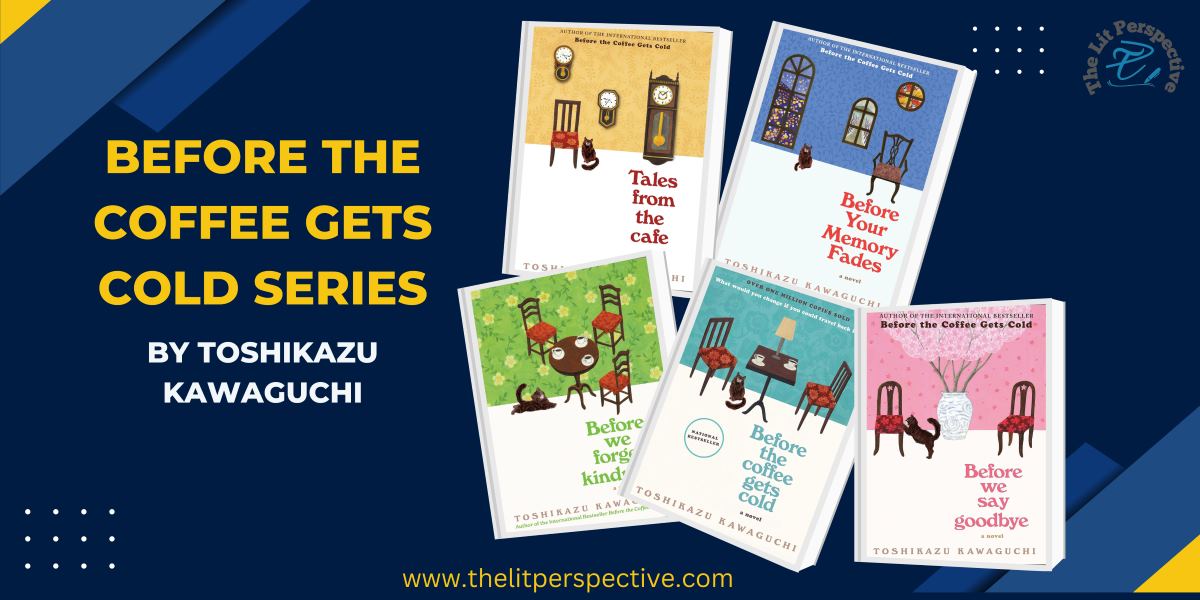TheLitPerspective is your one-stop shop for everything that ignites the spark of curiosity within you.
Book Review of Jonathan Strange & Mr Norrell
Susanna Clarke’s Jonathan Strange & Mr Norrell has captivated readers since its release, offering a mix of historical fiction, fantasy, and classic British wit.
Set in an alternate 19th-century England, where magic is real but forgotten, the book dives into themes of power, obsession, and the uneasy relationship between two magicians.
The novel’s blend of magical intrigue with a richly detailed historical setting has helped it stand out, receiving praise for its originality and depth.
Overview of Jonathan Strange & Mr Norrell
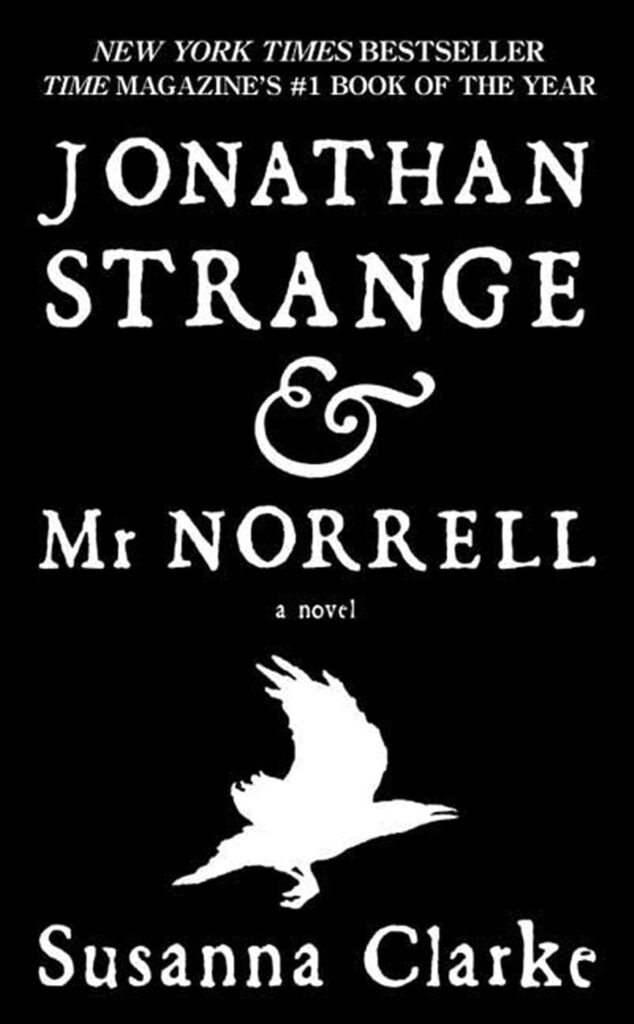
Clarke’s novel follows the lives of two English magicians, Mr. Norrell and Jonathan Strange, as they revive and revolutionize the long-forgotten practice of English magic.
The novel captures the turbulent nature of magic’s reintroduction, set against the backdrop of the Napoleonic Wars, the Regency era, and an England that has grown suspicious of mystical practices.
From Mr. Norrell’s isolated study to Jonathan Strange’s thrilling encounters with supernatural beings, Clarke’s storytelling lures readers into a world both familiar and fantastical.
About the Author – Susanna Clarke
Susanna Clarke’s journey to fame came somewhat unexpectedly. Before this novel, Clarke was known only to a small circle in the literary world. Jonathan Strange & Mr Norrell, her debut work, took her over a decade to complete, and its publication in 2004 skyrocketed her to literary acclaim.
Clarke’s background in editing and her lifelong interest in folklore and English history heavily influenced her intricate style and attention to detail, which has been a defining element of her writing.
Genre and Style
Jonathan Strange & Mr Norrell is a remarkable blend of historical fiction, fantasy, and speculative literature. Clarke marries Regency-era England with an immersive magical world, offering a stylistic mix that feels reminiscent of Jane Austen and Charles Dickens, but with a fantastical twist.
Clarke’s writing style is dense yet rewarding, full of footnotes, asides, and layered prose that encourages readers to linger on every detail. Her distinct voice gives the novel a unique place in modern fantasy literature.
Historical and Magical Setting
The novel’s setting is as much a character as Strange and Norrell themselves. Clarke presents an early 19th-century England where magic, once a respected and widely practiced art, has all but disappeared.
Only theoretical magicians remain, with the practical aspect of magic mostly forgotten until Norrell arrives on the scene.
The detailed recreation of England during the Napoleonic Wars adds an element of realism that grounds Clarke’s magical elements, making the fantastical parts feel both plausible and intriguing.
Plot Summary
The plot centers around the reawakening of English magic by Mr. Norrell, a reclusive scholar who wishes to keep magic under his control. His strict approach contrasts with the adventurous and charismatic Jonathan Strange, a fellow magician who later becomes Norrell’s pupil and eventually, his rival.
Their differences in magical philosophy lead to inevitable conflict as Strange explores darker and more dangerous magic, even dealing with the enigmatic and threatening faerie world.
Their relationship, with its twists and turns, sets up a deeply personal struggle within the larger political and magical landscape Clarke has crafted.
Themes and Motifs
Magic and Power
Magic, in Clarke’s novel, is more than a skill—it’s a form of power, control, and influence. Mr. Norrell’s obsessive desire to monopolize English magic reflects a need to control, fearing chaos if magic is left unchecked.
On the other hand, Jonathan Strange views magic as a path to exploration and self-fulfillment, leading to a conflict of ideologies. This theme resonates deeply with readers, as it mirrors real-world dynamics of power and authority.
Friendship and Rivalry
The complex relationship between Mr. Norrell and Jonathan Strange evolves from camaraderie to rivalry as the story progresses. Their differences in approach to magic create a poignant reflection on how ambition and vision can drive people apart even when they share common goals.
Clarke shows the thin line between friendship and rivalry, making their relationship one of the novel’s most compelling aspects.
Isolation and Obsession
Both Strange and Norrell become consumed by their magical pursuits, leading them down paths of loneliness and obsession.
Norrell’s isolation is self-imposed due to his secrecy and caution, while Strange’s descent into darker magic isolates him emotionally from those around him. Clarke masterfully portrays how passion, when taken to extremes, can result in alienation and despair.
Character Analysis
Mr Norrell: The Cautious Magician
Mr. Norrell represents the conservative approach to magic, with a strong focus on control and preservation. He’s meticulous, cautious, and somewhat fearful of magic’s potential to disrupt the established order.
Norrell’s character embodies restraint and self-discipline but often comes across as selfish and overly cautious, making him a unique but flawed figure.
Jonathan Strange: The Charismatic Rival
Jonathan Strange is everything Norrell is not—charismatic, daring, and unafraid to push boundaries.
As he delves into the mysteries of magic, he becomes increasingly willing to experiment with dangerous forms, including dabbling in the faerie world.
His enthusiasm and curiosity contrast sharply with Norrell’s caution, making him a magnetic character, albeit one that also spirals into obsession and darkness.
Supporting Characters and Their Roles
Clarke introduces a rich cast of supporting characters, each with roles that add depth to the main storyline.
Figures like Lady Pole, Stephen Black, and the mysterious Gentleman with the thistle-down hair bring additional layers of complexity, representing various facets of human ambition, innocence, and supernatural interference.
These characters are not mere side notes but play pivotal roles that drive the plot forward and enhance the story’s emotional stakes.
Narrative Style and Structure
The novel’s narrative structure is detailed and often digressive, with Clarke’s use of footnotes adding both humor and additional context.
These footnotes provide anecdotes, historical asides, and lore about the magical world, enriching the narrative without overwhelming it.
Clarke’s approach to storytelling allows readers to immerse themselves in an alternate history that feels just as detailed as our own, with footnotes that lend credibility to the fictionalized accounts of magic in England.
World-Building and Atmosphere
One of Clarke’s greatest achievements in Jonathan Strange & Mr Norrell is the world-building. Her depiction of England as a place where magic and reality intersect is vivid and immersive.
The faerie world is particularly enchanting and terrifying, with its own logic and dangers. Clarke’s world is meticulously constructed, with attention to detail that transports readers into a fully realized, tangible setting where magic feels like an authentic part of history.
Historical References and Realism
Clarke seamlessly integrates real historical events and figures into her story, grounding the novel in a believable past.
The inclusion of the Napoleonic Wars and figures like Lord Wellington add authenticity to her alternate history, blurring the line between fiction and reality.
This attention to historical detail enhances the narrative, making the magical elements feel more plausible against the well-researched backdrop.
The Role of Women in the Story
The female characters in Jonathan Strange & Mr Norrell are often constrained by societal roles, yet they are essential to the story’s emotional core. Lady Pole’s tragic story, compounded by her enforced silence, highlights the lack of agency afforded to women in this period.
Arabella Strange, on the other hand, represents loyalty and moral grounding, supporting Jonathan even as he becomes consumed by his obsession with magic. Clarke subtly critiques the limitations placed on women while giving them significant roles in the storyline.
Magic and Folklore in the Novel
Magic in Clarke’s world is deeply tied to folklore, with references to ancient faeries, the Raven King, and enchanted places.
Clarke’s exploration of English folklore enriches the novel, as magic is portrayed not as a standardized science but as something ancient, unpredictable, and intertwined with the natural world. This aspect of the novel adds depth to the magical system, grounding it in tradition and myth.
Critical Reception and Awards
Since its publication, Jonathan Strange & Mr Norrell has received widespread critical acclaim. It won the Hugo Award for Best Novel in 2005 and was praised for its originality, depth, and prose style.
Critics have lauded Clarke’s unique voice and her ability to merge genres seamlessly, creating a story that appeals to fans of fantasy, historical fiction, and literary novels alike.
Personal Impression of the Book
Reading Jonathan Strange & Mr Norrell is an experience like no other. Clarke’s ability to weave an intricate narrative that combines historical fiction with fantasy is impressive, and her meticulous attention to detail creates a world that feels fully alive.
The book’s length and density may be challenging for some, but its rewards are immense for those who appreciate rich, layered storytelling.
Takeaways: Who Should Read This Book?
Jonathan Strange & Mr Norrell is ideal for readers who enjoy immersive, slow-burn fantasy with a strong historical foundation. Fans of literary fiction, folklore, and fantasy will find this novel engaging, while readers interested in complex characters and themes will appreciate its depth.
Clarke’s novel is a masterclass in world-building, making it a memorable read for those willing to take the plunge into its richly woven tapestry.
FAQs
1. What genre is Jonathan Strange & Mr Norrell?
The novel is a mix of historical fiction, fantasy, and literary fiction, blending Regency-era England with magical elements.
2. Is Jonathan Strange & Mr Norrell a challenging read?
The book’s length and density may make it a challenging read for some, but fans of richly detailed narratives will find it rewarding.
3. Does Jonathan Strange & Mr Norrell have a sequel?
Susanna Clarke has not written a direct sequel, but her later work, Piranesi, explores different themes in a similarly imaginative style.
4. How does Clarke portray magic in the novel?
Magic in the novel is portrayed as a mysterious, ancient force tied to English folklore, full of unpredictability and depth.
5. Who is the Raven King in Jonathan Strange & Mr Norrell?
The Raven King, or John Uskglass, is a mythical figure who once ruled northern England with magical prowess and serves as a powerful symbol in the story.
Book Series to Read on
TheLitPerspective is your one-stop shop for everything that ignites the spark of curiosity within you.
